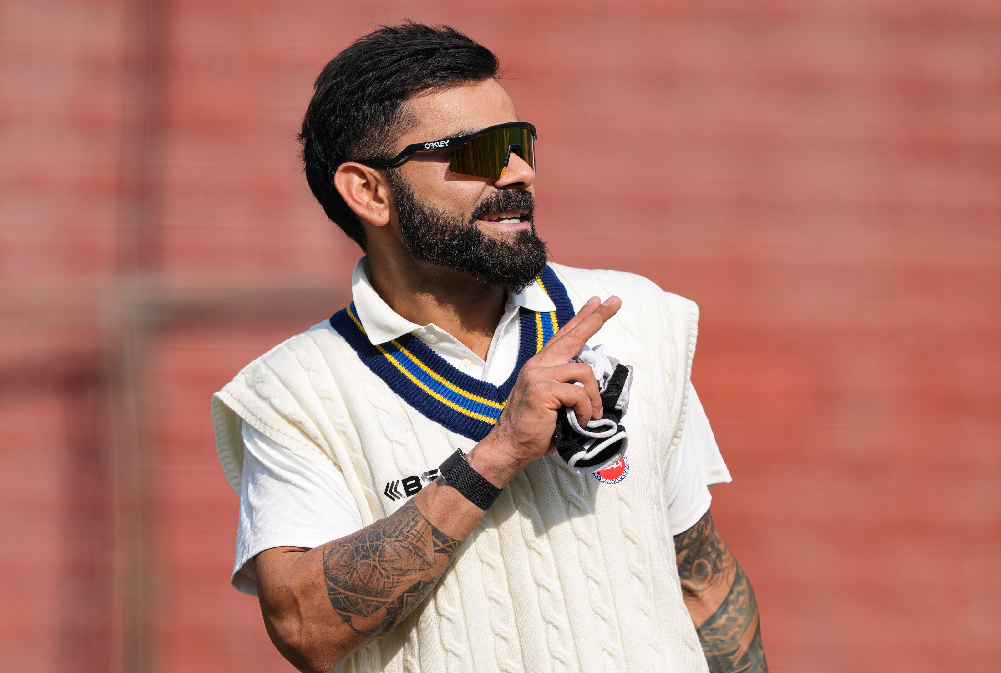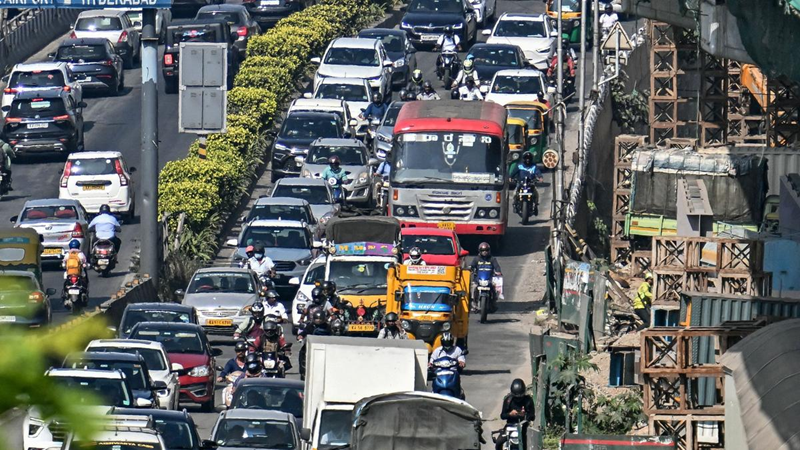
Using a suicide to build a case for genocide?
It was not the poor girl who was the cause célèbre; it was Christianity that was the target.
By Som Thomas
“Tamil Nadu student kills self-alleging abuse, forced conversion, hostel warden arrested” was an online headline on Thursday. ‘Forced conversion’ is a hot-button phrase and works well – uniquely in India – as ‘clickbait’, pity the entire community that is charged with the crime every time these words appear. The source of the story was not a police report, nor the statement given by the girl child to the police after she consumed pesticide and before she died, tragically, at the Thanjavur Medical College Hospital. The source was a video that had ‘come to light’, a video that another media house described as unverified. The video should not even have been in circulation. Section 74 in The Juvenile Justice (Care and Protection of Children) Act states:
(1) No report in any newspaper, magazine, news-sheet or audio-visual media or other forms of communication regarding any inquiry or investigation or judicial procedure, shall disclose the name, address or school or any other particular, which may lead to the identification of a child in conflict with law or a child in need of care and protection or a child victim or witness of a crime, involved in such matter, under any other law for the time being in force, nor shall the picture of any such child be published. Shamefully, the video was tweeted – in blatant violation of the law – by none other than a former IPS officer, once a Deputy Commissioner of Police in Bangalore, but now the President of the Tamil Nadu unit of the BJP. The child, who should not have been named, was soon trending posthumously in #JusticeFor[her name] tweets, shortly after Twitter showed “Christianity” trending in India – for negative reasons – on Friday morning with over 40,000 tweets.
It was not the poor girl who was the cause célèbre; it was Christianity that was the target. In the video, in barely audible Tamil (and assuming it was she speaking, which remains unverified), the girl recollects momentarily that she and her parents were asked if they would like to be Christian – two years earlier, which eliminates that conversation (not repeated in two years) as cause of the suicide. A voice is heard prompting the girl if the abuse she faced – the cause of her suicide according to her dying declaration – may have been due to not converting. This was nothing but attempting to put words into her suffering mouth – words that neither she nor her parents felt necessary to bring to the notice of the police when they had every opportunity as they filed a case against the warden (who was duly sent to jail). A poorly-run children’s home and an abusive warden should have been the focus of the crime. Instead, Hindutva politics – and its media bedfellows – grabbed an opportunity to criminalise the entire Christian community with a ‘gotcha’ (got you) ‘forced conversion’ story about a conversion that never took place.
In the process, the #JusticeFor hashtag ostensibly on behalf of the girl remains a piece of Hindutva hypocrisy. She was in the children’s home in the first place because of the poverty that went with her caste classification – a ‘lower’ caste into which she was forcibly converted by Hindutva after being born equal to every child in the world born on her birthday. She never mattered before her death. She will matter even less after her death, because ‘forced conversion’ of almost no one, not forced caste classification of almost everyone, is apparently the national issue. The target is clear: the minorities and their institutions. Will a suicide be used to further a genocide?
(Som Thomas is a human rights scholar based in Bengaluru.)
 English daily published in Bengaluru & Doha
English daily published in Bengaluru & Doha






